Nanosensitizer-assisted sonodynamic therapy for breast cancer
- PMID: 40197318
- PMCID: PMC11978163
- DOI: 10.1186/s12951-025-03311-3
Nanosensitizer-assisted sonodynamic therapy for breast cancer
Abstract
Breast cancer is the most commonly diagnosed cancer worldwide. Despite advancements in therapeutic modalities, its prognosis remains poor owing to complex clinical, pathological, and molecular characteristics. Sonodynamic therapy (SDT) is a promising approach for tumor elimination, using sonosensitizers that preferentially accumulate in tumor tissues and are activated by low-intensity ultrasound to produce reactive oxygen species. However, the clinical translation of SDT faces challenges, including the limited efficiency of sonosensitizers and resistance posed by the tumor microenvironment. The emergence of nanomedicine offers innovative strategies to address these obstacles. This review discusses strategies for enhancing the efficacy of SDT using sonosensitizers, including rational structural modifications, improved tumor-targeted enrichment, tumor microenvironment remodeling, and imaging-guided therapy. Additionally, SDT-based multimodal therapies, such as sono-chemotherapy, sono-immunotherapy, and sono-photodynamic therapy, and their potential applications in breast cancer treatment are summarized. The underlying mechanisms of SDT in breast cancer are briefly outlined. Finally, this review highlights current challenges and prospects for the clinical translation of SDT, providing insights into future advancements that may improve therapeutic outcomes for breast cancer.
Keywords: Breast cancer; Nanomedicine; Sonodynamic therapy; Sonosensitizer.
© 2025. The Author(s).
Conflict of interest statement
Declarations. Ethics approval and consent to participate: Not applicable. Consent for publication: Not applicable. Competing interests: The authors declare no competing interests.
Figures

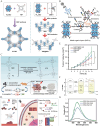
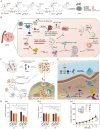


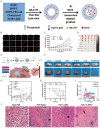

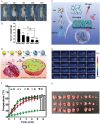
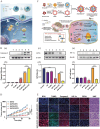

References
-
- Sung H, Ferlay J, Siegel RL, Laversanne M, Soerjomataram I, Jemal A, et al. Global cancer statistics 2020: GLOBOCAN estimates of incidence and mortality worldwide for 36 cancers in 185 countries. CA Cancer J Clin. 2021;71(3):209–49. - PubMed
-
- Siegel RL, Miller KD, Wagle NS, Jemal A. Cancer statistics, 2023. CA Cancer J Clin. 2023;73(1):17–48. - PubMed
-
- Heer E, Harper A, Escandor N, Sung H, McCormack V, Fidler-Benaoudia MM. Global burden and trends in premenopausal and postmenopausal breast cancer: a population-based study. Lancet Glob Health. 2020;8(8): e1027. - PubMed
-
- Giaquinto AN, Sung H, Miller KD, Kramer JL, Newman LA, Minihan A, et al. Breast cancer statistics, 2022. CA Cancer J Clin. 2022;72(6):524–41. - PubMed
Publication types
MeSH terms
Substances
LinkOut - more resources
Full Text Sources
Medical

